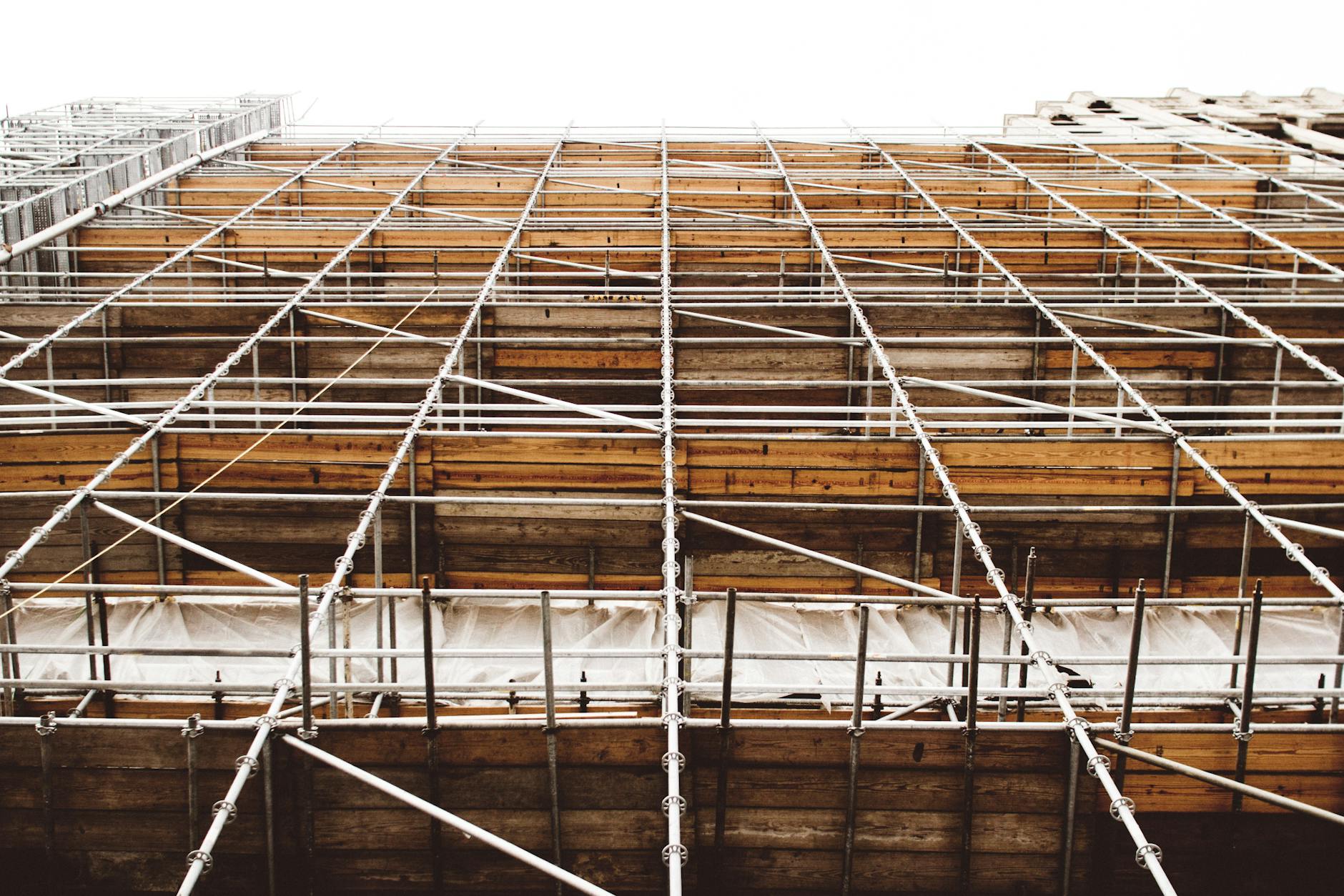
Scaffolding Technical Specification | Download PPT
Introduction to Scaffolding
Scaffolding plays a pivotal role in construction projects, providing temporary support and access for workers and materials at elevated heights. Ensuring the safety and stability of scaffolding structures is paramount to prevent accidents and injuries on construction sites. Technical specifications established by regulatory bodies such as the Indian Standards (IS) and the Occupational Safety and Health Administration (OSHA) in the United States outline the requirements and guidelines for the design, construction, and use of scaffolding systems.
Understanding IS Standards for Scaffolding
In India, the Bureau of Indian Standards (BIS) governs the specifications for scaffolding through IS 3696:2016. This standard encompasses various aspects, including materials, dimensions, load-bearing capacities, and safety measures, aimed at ensuring the structural integrity and safety of scaffolds.
Overview of OSHA Standards
In the United States, OSHA regulates scaffolding standards to safeguard workers from hazards associated with scaffolding operations. OSHA standards cover aspects such as scaffold design, construction, and use, as well as training requirements for workers involved in scaffold-related activities.
Common Components in Scaffolding Technical Specifications
Scaffolding technical specifications typically include details about the materials used, load-bearing capacities, design requirements, and construction guidelines. These specifications ensure that scaffolds are built to withstand anticipated loads and environmental conditions.
Safety Features in Scaffolding
Safety features such as guardrails, toeboards, and fall protection systems are integral components of scaffolding systems. These features are designed to prevent falls and mitigate risks associated with working at heights.
Inspection and Maintenance Procedures
Regular inspection and maintenance of scaffolding are essential to identify potential hazards and ensure structural integrity. Inspection procedures involve thorough checks for defects, corrosion, and other signs of wear and tear, with prompt repair or replacement of damaged components.
Training and Certification Requirements
Proper training and certification of personnel involved in scaffolding operations are crucial for ensuring safe practices and compliance with regulatory standards. Training programs cover aspects such as scaffold assembly, usage, and dismantling, along with hazard recognition and fall prevention techniques.
Scaffolding Technical Specification
Toe Board:
- IS Standard:
- Specifies a minimum height of 150 mm (6 inches) for toe boards.
- Should be placed at the base of the scaffold platform, flush against the edge.
- Material options include wood or metal.
- Designed to withstand a load as per the IS 3696 Part 1: 1987 “Code of Practice for Safety of Scaffolds and Ladders – Scaffolds.”
- OSHA Standard:
- Similar to IS, OSHA regulations emphasize the importance of toe boards in preventing falling objects.
- Specifies that toe boards should be capable of withstanding a force of at least 50 pounds per linear foot without failure.
Mid Rail:
- IS Standard:
- Should be positioned midway between the top rail and the platform surface.
- Material and dimensions specified to withstand a load as per IS standards.
- OSHA Standard:
- OSHA regulations require mid rails to be capable of withstanding a force of at least 150 pounds applied horizontally.
Top Rail:
- IS Standard:
- Specifies the position of the top rail along the upper edge of the scaffold.
- Material and attachment methods outlined to withstand a load as per IS standards.
- OSHA Standard:
- OSHA regulations require top rails to be capable of withstanding a force of at least 200 pounds applied in any downward or outward direction.
Platform:
- IS Standard:
- Defines minimum width and length requirements for scaffold platforms.
- Materials and attachment methods specified to withstand a load as per IS standards.
- OSHA Standard:
- OSHA regulations may provide more detailed requirements for platform construction, including specifications for decking materials and their ability to support their maximum intended load without failure.
Guardrail:
- IS Standard:
- Specifies the positioning and construction of guardrails along the edges of the scaffolding system.
- Material options and dimensions outlined to withstand a load as per IS standards.
- OSHA Standard:
- OSHA regulations require guardrails to be capable of withstanding a force of at least 200 pounds applied in any outward or downward direction.
Ensuring that scaffolding components meet the specified distance requirements and withstand capacity according to IS and OSHA standards is crucial for maintaining a safe working environment. Contractors and workers should adhere to these standards to minimize the risk of accidents and injuries on construction sites.
44 HSE Interview Questions and Sample Answers | Download PDF
PSSR for Safety | Pre-Startup Safety Review (PSSR) | Download PPT
Pre-Start Task Analysis (PSTA) | Download PPT
What Safety Officer Should Do When an Accident | Download PPT
Top 10 Workplace Safety Violations | Download PPT
Conclusion
Scaffolding technical specifications established by IS and OSHA standards are crucial for ensuring the safety and reliability of scaffolding systems in construction projects. Compliance with these standards, along with regular inspection, maintenance, and proper training, is essential for mitigating risks and preventing accidents. By adhering to established guidelines and embracing innovation, the construction industry can continue to enhance safety standards and improve working conditions for personnel involved in scaffolding operations.
FAQs
- Why are technical specifications important in scaffolding? Technical specifications outline the requirements and guidelines for designing, constructing, and using scaffolding systems, ensuring their safety and structural integrity.
- What are some common safety features in scaffolding? Guardrails, toeboards, and fall protection systems are among the common safety features incorporated into scaffolding designs to prevent falls and mitigate risks.
- How often should scaffolding be inspected? Scaffolding should be inspected regularly, typically before each use and at least once a week, to identify potential hazards and ensure structural stability.
- What training is required for working with scaffolding? Workers involved in scaffolding operations must undergo proper training covering assembly, usage, dismantling, and hazard recognition, along with fall prevention techniques.





















